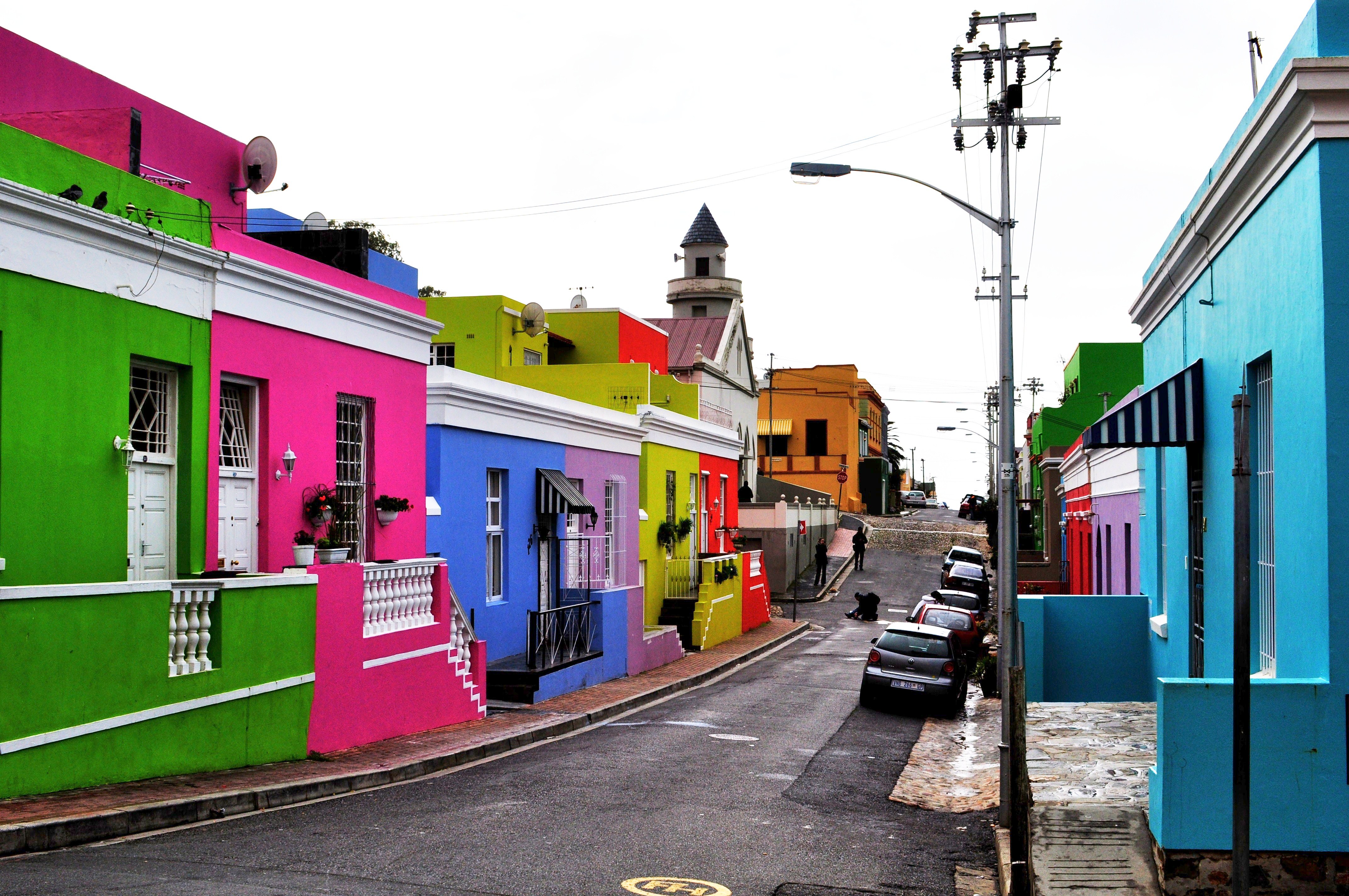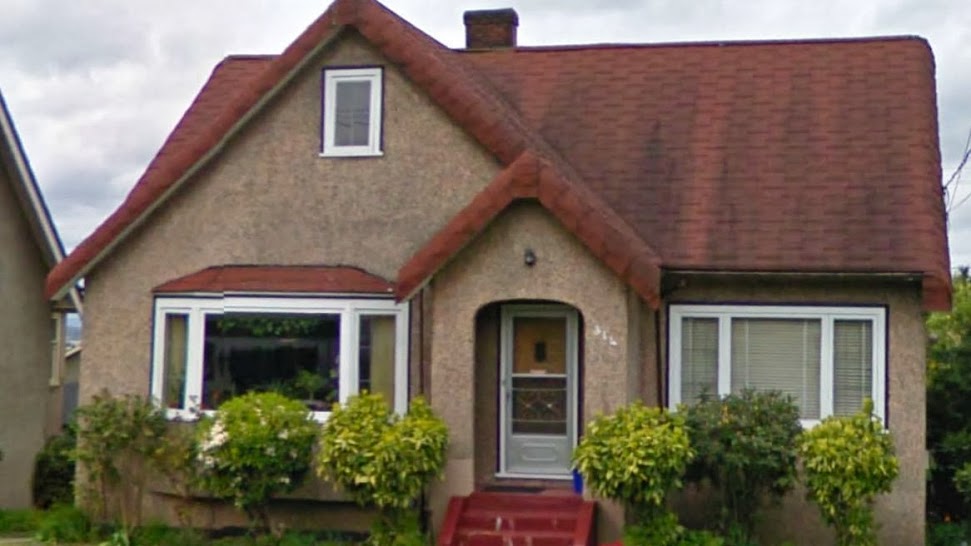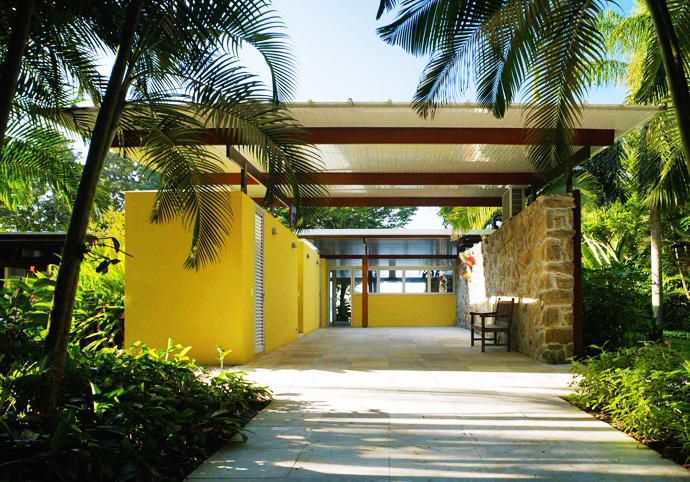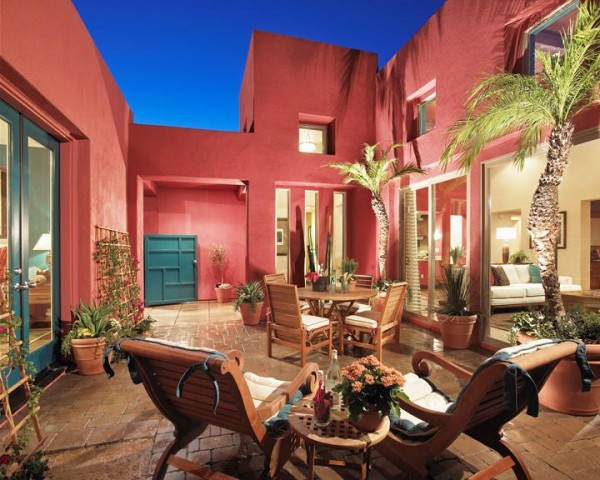
Here is a summary of the reasons why one should choose stucco as an exterior cladding. This is not a balanced article, it does not include the reasons why stucco should be avoided.
1. Versatile
Can be applied over many different types of surfaces including concrete masonry or wood framing
Can be applied seamlessly
Can be layered to creates a heavily textured surface
Can be used in new builds as well as renovations
2. Installs quickly
A conventional house usually requires between one and two days, including drying time
3. Energy efficient
Low U-value (or if you prefer the inverse, high R-value)
4. Durable
Expands and contracts as the temperature changes
Reduced risk of flaking, cracking or crumbling
Can last over fifty years with little maintenance
Rot, mildew and mold resistant
5. Enhances value
Earthquake resistant
Fire resistant
Sound dampening
6. Low maintenance
In warm and dry climates, little or no maintenance, except occasional washing to remove spots or stains
In hot and humid climates, little maintenance
In cold and wet climates, little maintenance provided
- snow is cleared away from walls
- eavestroughs direct water away from walls (that’s a Canadian word for gutters)
7. Reduced house insurance premiums (in North America)
8. Many options
Textural
- Coarse
- Pebbled
- Raked
- Smooth
- Swirled
Colour
- Pigment mixed directly into the mix
- Can be repainted




